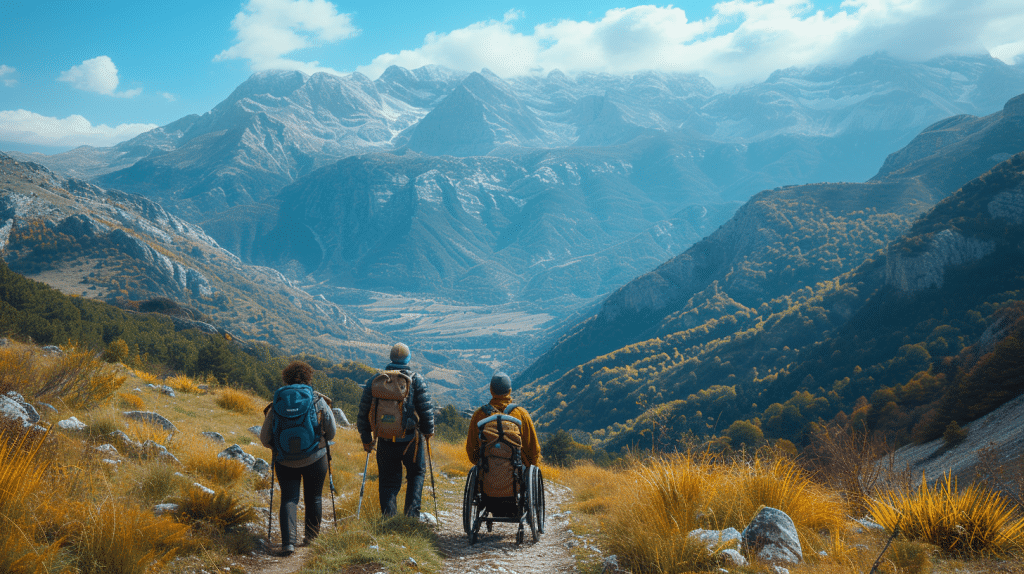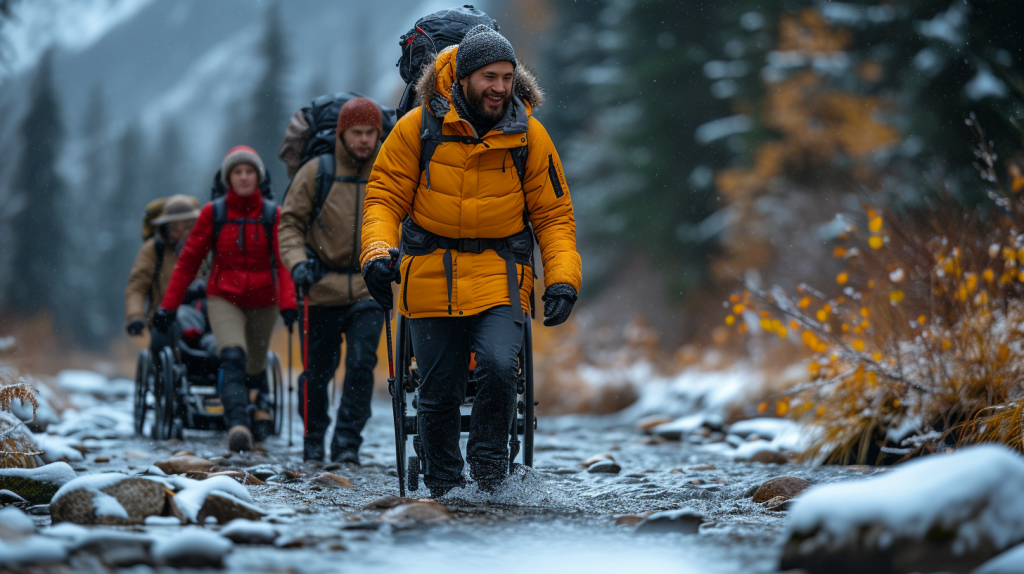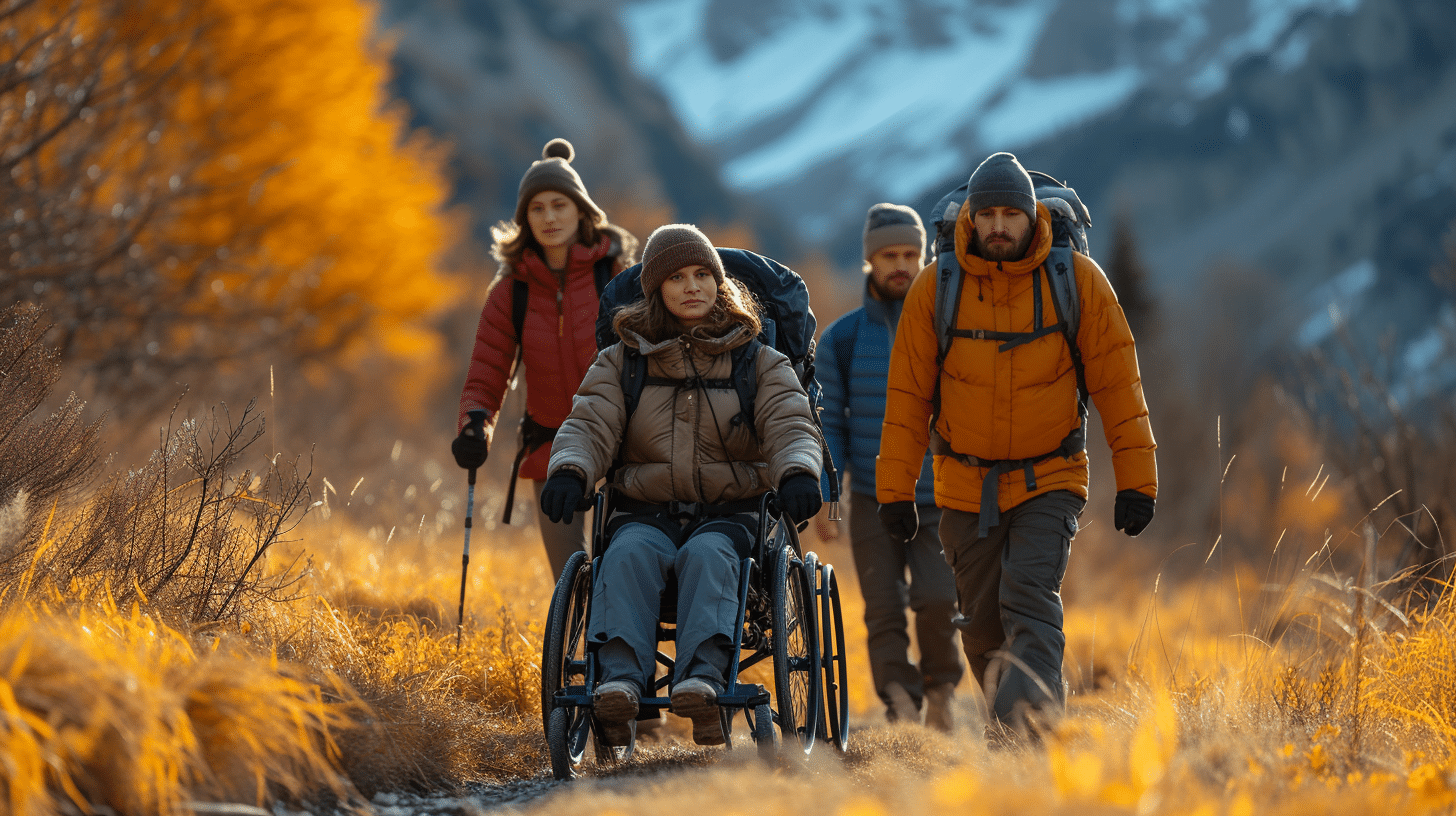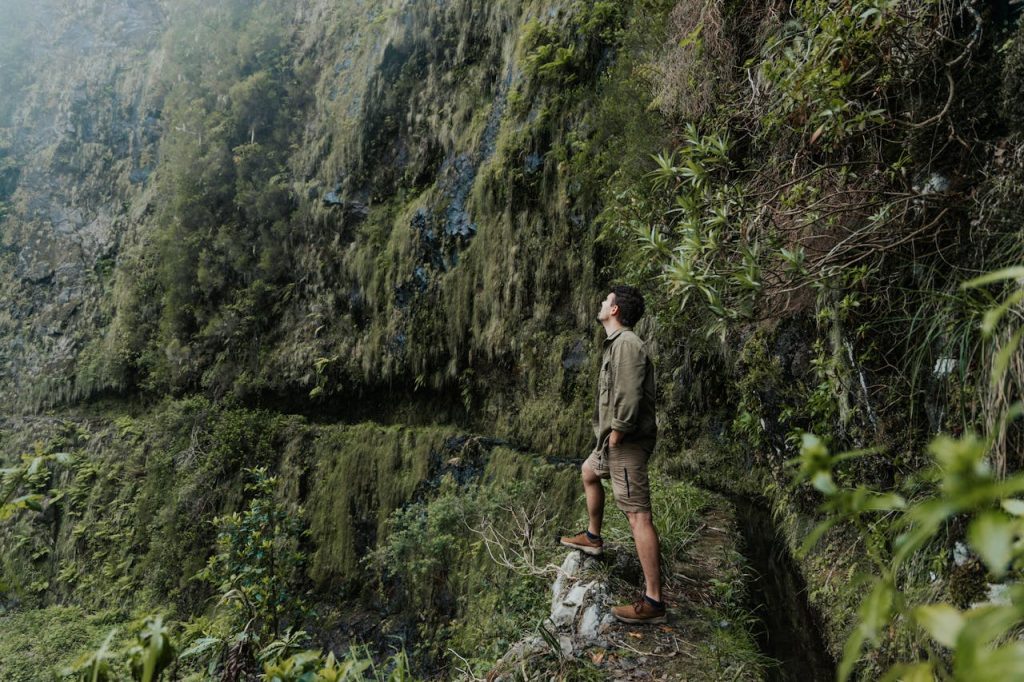Adaptive hiking is an outdoor activity that has gained immense popularity recently. It is a type of hiking that focuses on accommodating people with disabilities, mobility issues, or different abilities. Adaptive hiking aims to make the trails more accessible and inclusive to everyone. This type of hiking promotes physical fitness, mental wellness, and social inclusion.
The fundamental essence of adaptive hiking is to ensure that the outdoors is accessible to all individuals. It offers people with disabilities or mobility issues the opportunity to experience the joys and benefits of hiking in nature. Hiking trails adapted for accessibility are created to accommodate individuals with varying abilities and requirements.
They feature different terrain types, such as boardwalks, gravel, or paved paths, that cater to various mobile devices, such as wheelchairs, crutches, or walkers.
Adaptive hiking also involves using adaptive equipment, such as hiking poles, special harnesses, and backpacks, which make it convenient for people with disabilities to navigate the trails.
Additionally, it may involve using guides or companions who provide support, guidance, and assistance to hikers with different abilities.
The Benefits of Adaptive Hiking
Table of Contents
ToggleAdaptive hiking offers numerous physical and mental benefits to hikers of all abilities.
It will help you with the following:
Physical fitness:
Adaptive hiking can improve physical fitness by providing a low-impact workout that can help strengthen muscles, improve cardiovascular health, and increase endurance. It is also a fantastic way to burn calories and lose weight.
Mental wellness:
Being in nature can decrease stress and anxiety, enhance mood, and promote better mental well-being. Adaptive hiking provides an opportunity to experience the calming effects of nature and enjoy the benefits of being outside.
Social inclusion:
It promotes social inclusion by creating a community of hikers of all abilities. One can utilize this platform to establish connections with others, create new bonds, and cultivate enduring friendships.
Sense of achievement:
Adaptive hiking can provide a sense of achievement and accomplishment for hikers of all abilities. Completing a challenging hike can increase confidence and self-esteem and give a sense of pride in one’s accomplishments.
How to Prepare for Adaptive Hiking

Before embarking on this kind of adventure, taking some precautions and making necessary preparations is essential.
The following tips will help you prepare for an adaptive hiking trip are:
Consult with a healthcare professional:
Before you start any new physical activity, it’s crucial to consult with a healthcare professional to ensure that it’s safe and suitable for you.
Research the trail:
Research the trail you plan to hike to ensure it suits your abilities and needs. Look for information on the terrain, difficulty level, distance, and accessibility features.
Pack appropriately:
Make sure to pack appropriate gear, such as proper footwear, sun protection, and weather-appropriate clothing. Also, bring any adaptive equipment or mobility devices you may need.
Plan for emergencies:
Bring a first aid kit, an emergency whistle, and a mobile phone or communication device.
Hike with a group or a guide:
It’s recommended to hike with a group or a guide, especially for your first hiking trip. They can provide support, guidance, and assistance along the way.
What Are the Equipment For Adaptive Hiking?
Adaptive hiking is a type of hiking that requires specialized equipment to accommodate individuals with disabilities or mobility issues. It is crucial to have the appropriate equipment to ensure that individuals can relish hiking in nature just like any other person.
Hiking Poles
Hiking poles are a crucial piece of equipment for adaptive hiking. They offer assistance and steadiness to individuals who have mobility impairments. Hiking poles come in various sizes, materials, and shapes. Some hiking poles even have shock-absorbing features to provide more comfortable and smoother hikes, and choosing the right hiking pole fits the individual’s height and weight and offers adequate support.
Hiking Boots
Hiking boots are another essential piece of equipment for adaptive hiking. They offer comfort, support, and safeguarding to the feet and ankles. Hiking boots come in various designs, sizes, and materials. The proper hiking boots should fit well, be waterproof, and have a sturdy sole to provide traction and prevent slips and falls.
Backpacks
Backpacks are essential for carrying all necessary hiking equipment, including food, water, first aid kits, and other essentials. When it comes to adaptive hiking, selecting a lightweight, long-lasting, and comfortable backpack is of utmost importance. It should have adjustable straps and a padded back to ensure proper weight distribution and reduce strain on the back and shoulders.
Braces and Supports
Braces and supports are essential for individuals with mobility issues. They provide additional support to the knees, ankles, and other joints. Braces and supports are available in multiple sizes and designs; selecting the appropriate one that fits correctly and offers sufficient support is crucial.
Wheelchairs
Wheelchairs are an essential piece of equipment for adaptive hiking. When it comes to adaptive hiking, selecting a lightweight, long-lasting, and comfortable backpack is paramount. Wheelchairs for hiking come with off-road tires and durable frames that withstand rugged terrain. Selecting a wheelchair that is appropriate in size and offers sufficient support and comfort is essential.
All-Terrain Vehicles
All-terrain vehicles, such as off-road electric wheelchairs or hand cycles, are another essential equipment for adaptive hiking. These vehicles provide individuals with disabilities with the freedom to explore nature without limitations. All-terrain vehicles come in various designs, and choosing the right one that fits well and provides adequate support and comfort is crucial.
Navigation and Communication Devices
Navigation and communication devices are essential for adaptive hiking. They give individuals a sense of direction and safety. Navigation tools like GPS or compasses can assist individuals in finding their way through unknown terrain. In contrast, communication devices such as walkie-talkies or cell phones can be used to call for help in an emergency.

How to Overcome Obstacles in Adaptive Hiking
Adaptive hiking faces unique obstacles, starting with the need for specialised gear.
Equipment
Imagine needing equipment like wheelchairs that can handle rough terrain or custom prosthetics. This specialized gear is often expensive and might not be as durable or reliable as traditional hiking equipment. For example, wheelchairs may have difficulty on rocky paths or in muddy conditions.
Accessibility:
Accessibility is another major hurdle. Many trails are not designed with adaptive hikers in mind, presenting challenges such as boulders, sharp inclines, or blockages like fallen trees, making these paths difficult to navigate with adaptive equipment. While there are trails designed for accessibility, they are the exception rather than the rule.
Safety Concerns:
Safety concerns are amplified in adaptive hiking. The risk of equipment malfunction or the physical demands on the hiker can increase the chance of injury. Additionally, the prospect of emergency rescues or evacuations in remote areas poses significant challenges for adaptive hikers, complicating the safety aspect further.
What Are Adaptive Hiking Trails?
Adaptive hiking trails are hiking trails that are designed to accommodate individuals with disabilities or limited mobility. These trails may include wider paths, ramps, or bridges with low slopes, handrails, and benches for resting. They may also have accessible parking areas and restrooms.
Adaptive hiking trails are designed to provide individuals with disabilities or limited mobility the opportunity to enjoy the outdoors and experience the beauty of nature safely and comfortably. They can be found in national parks, state parks, and other public lands, as well as in private nature reserves and recreational areas.
The trails may be made of materials that are easy to walk on, such as packed dirt, crushed stone, or boardwalks. They may also include interpretive signage in braille or audio formats to enhance the hiking experience for individuals with visual impairments.
These trails can be an excellent way for individuals with disabilities or limited mobility to stay active and healthy while enjoying the great outdoors. They can also be a fun and educational way for families and friends to spend time together in a beautiful natural setting.
Conclusion: What is Adaptive Hiking?
Adaptive hiking is an excellent way to experience the joys of hiking in nature while promoting physical fitness, mental wellness, and social inclusion. This platform allows people with varying abilities to engage with nature and one another. With proper preparations and precautions, adaptive hiking can be a safe and enjoyable outdoor activity for everyone.
Keep the adventure going – more amazing reads just a click away!
How to Clean Hiking Boots: A Comprehensive Guide for Outdoor Enthusiasts




